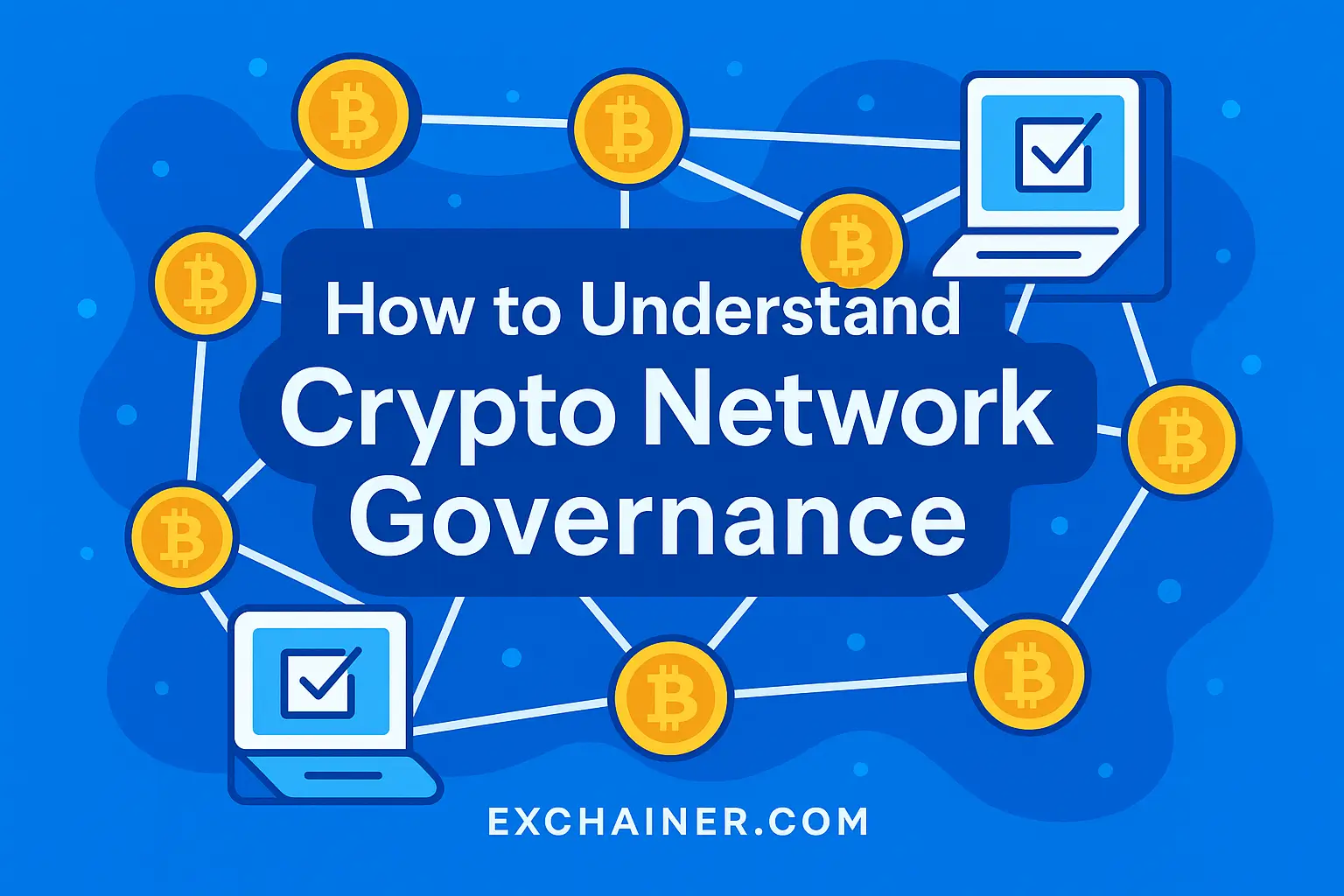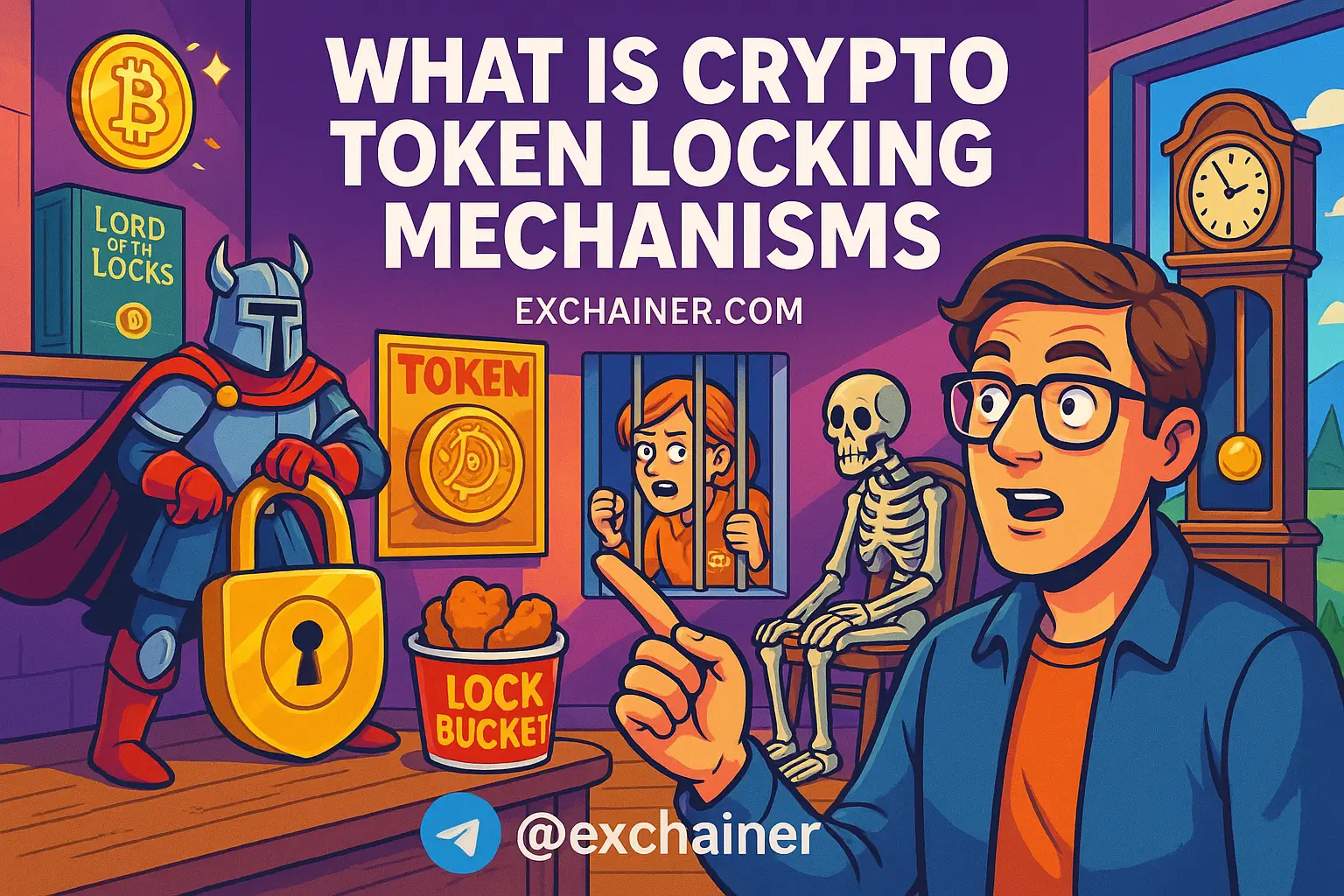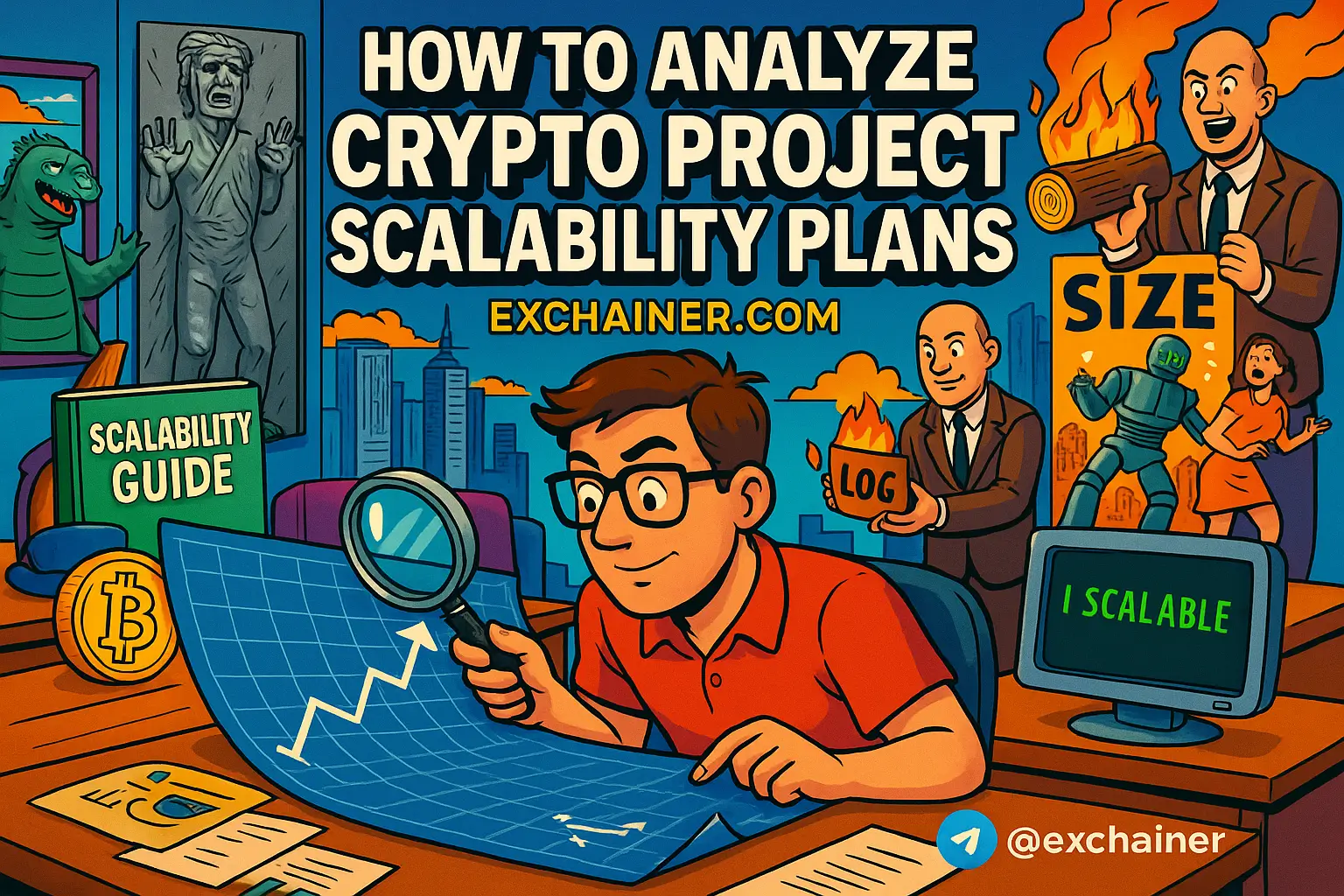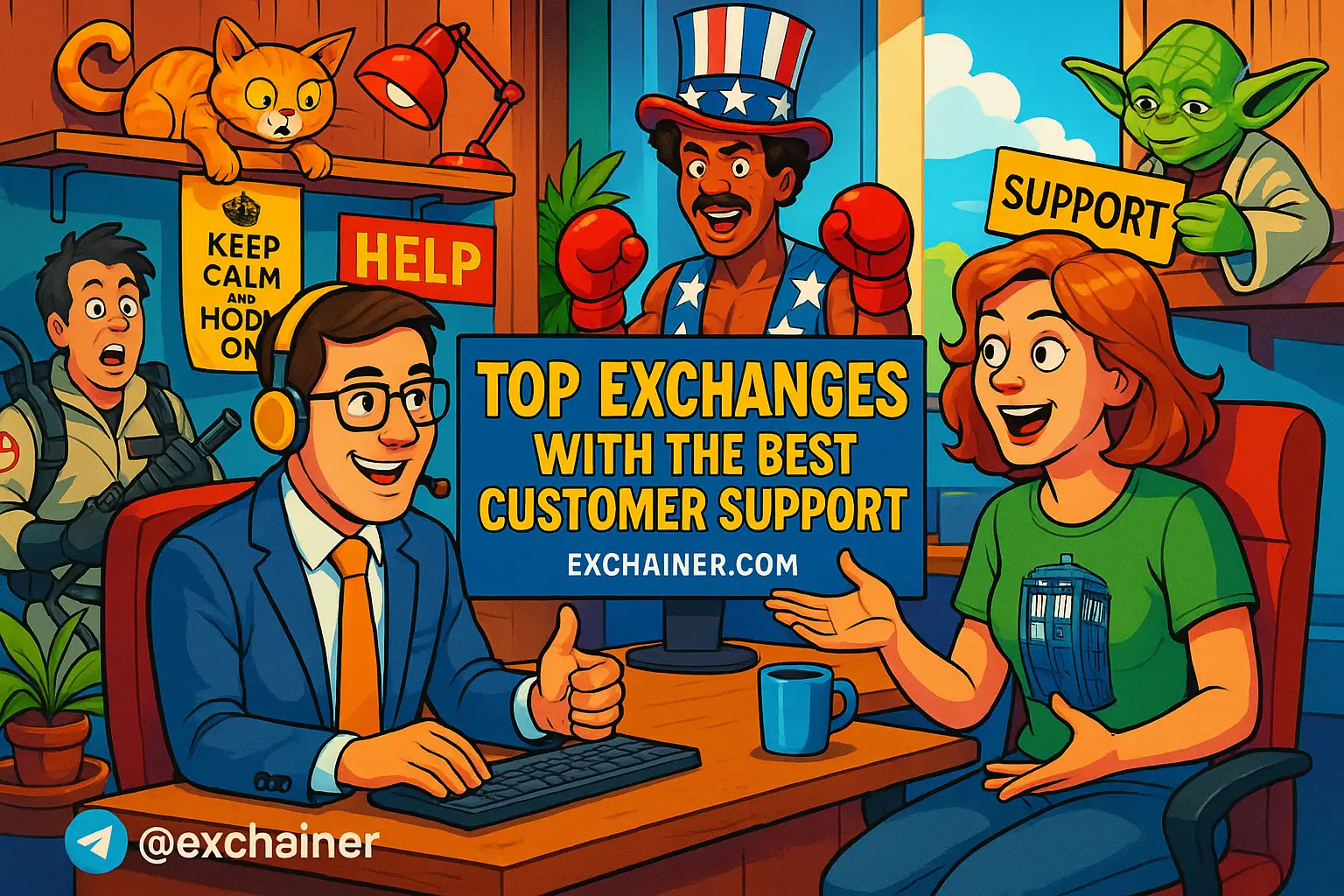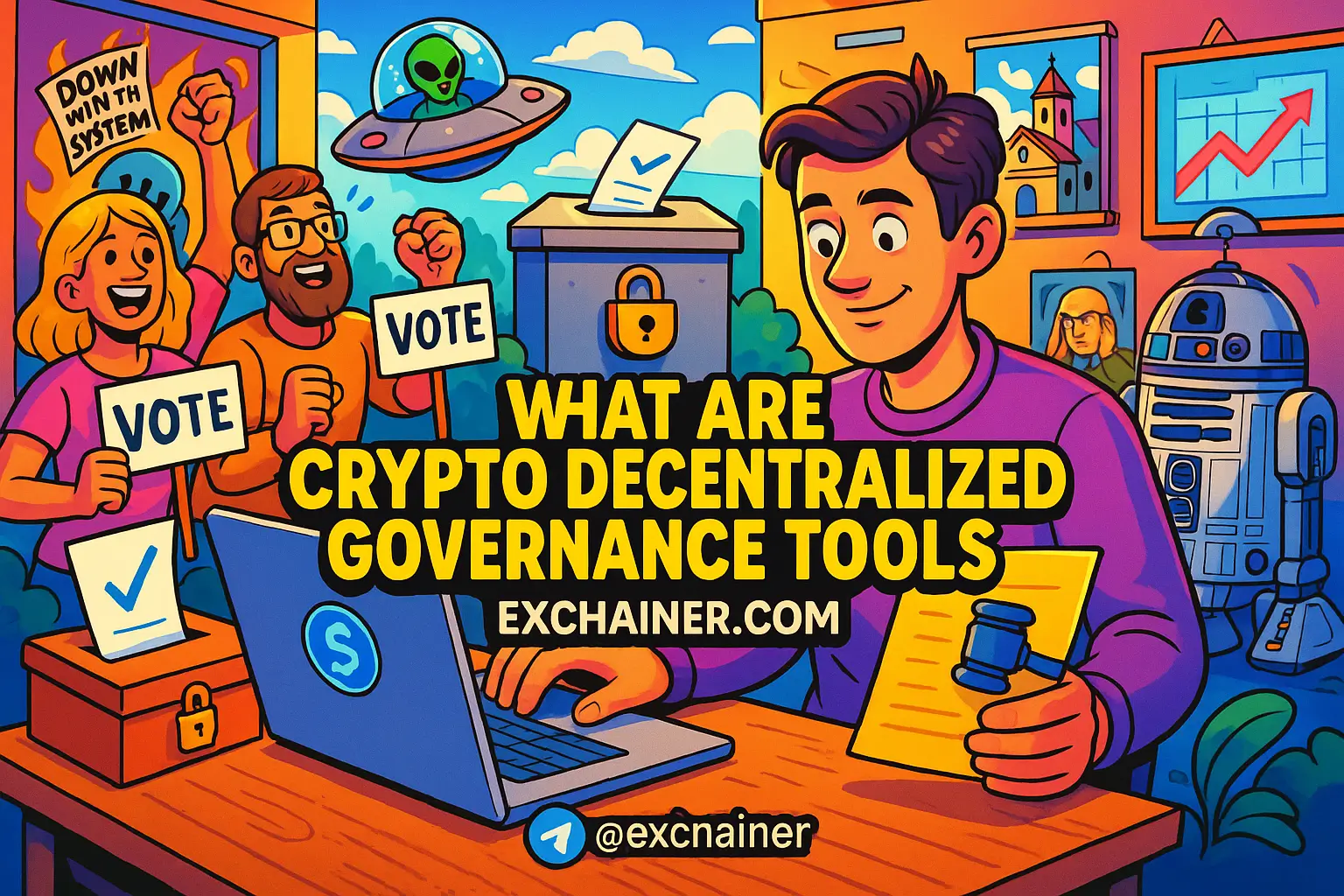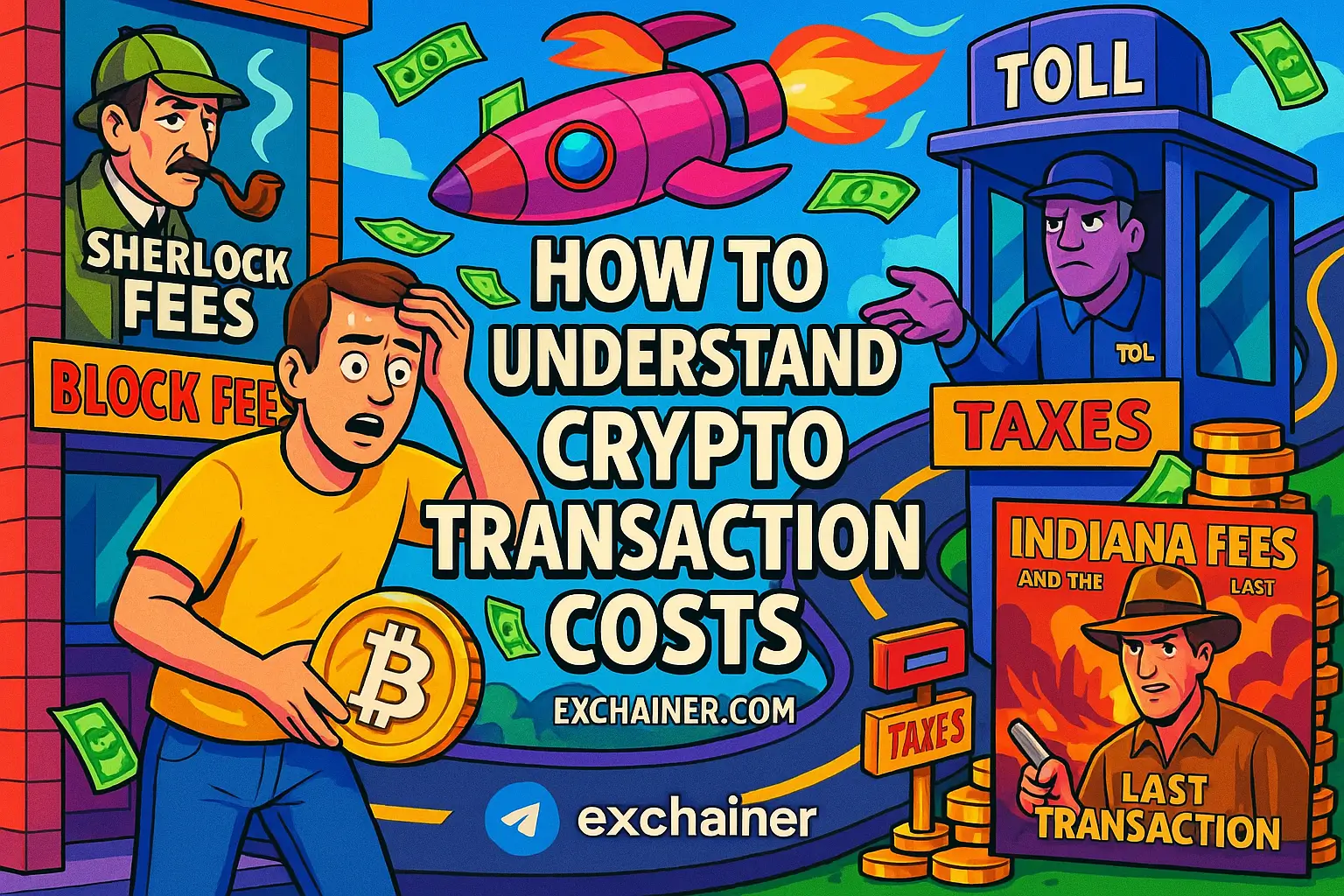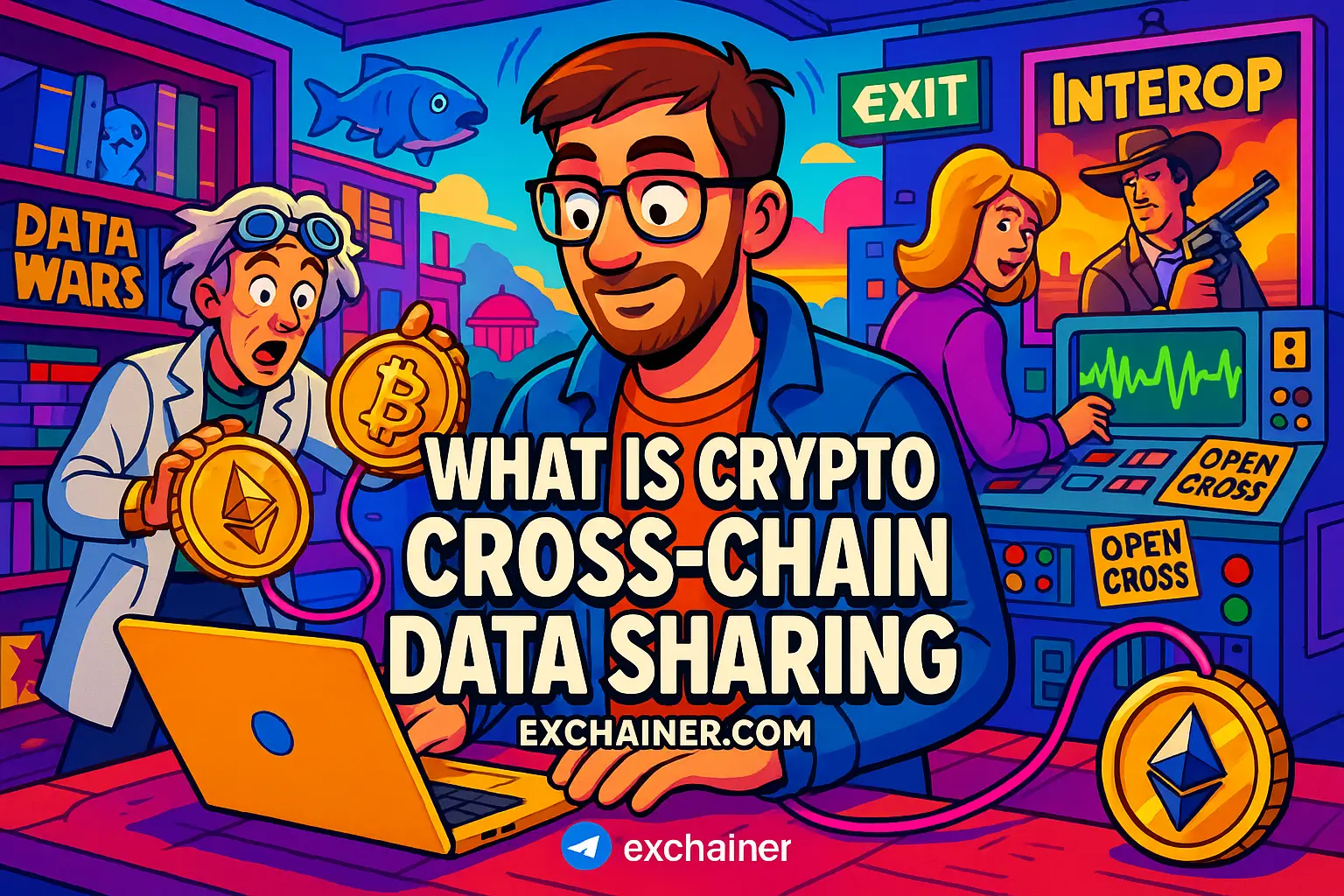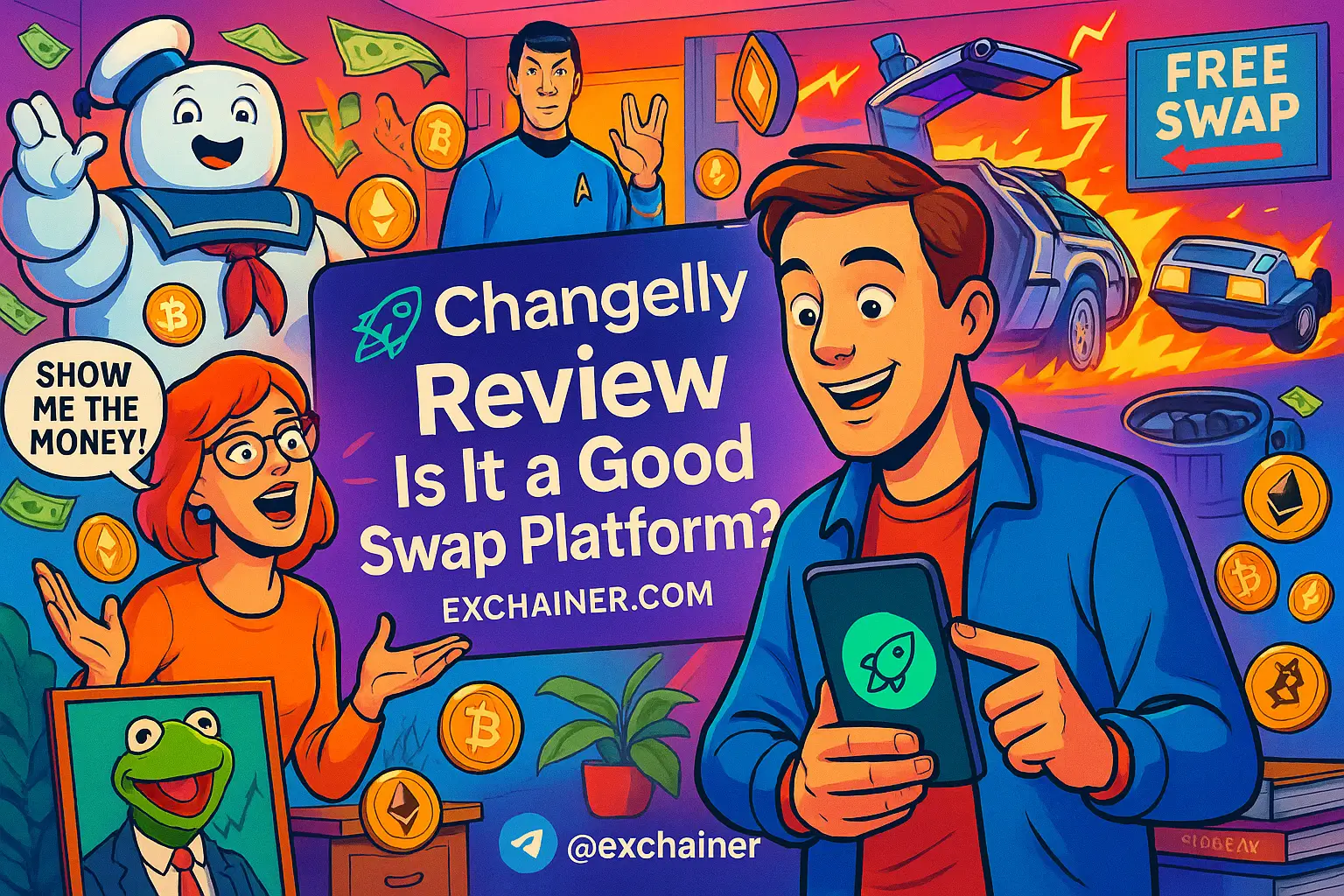Introduction
Friends, if you've ever dived into the world of cryptocurrency, you might have stumbled across the term network governance and wondered what it's all about. Understanding network governance is crucial because it shapes how decisions are made in the crypto space, impacting everything from upgrades to security and project sustainability. Think of it like the rules and processes that keep a decentralized community running smoothly, kind of like the governance of a country but without a central authority.
Today, we're going to break down what network governance means in the world of digital currency, why it’s important for crypto users and investors, and how it affects the future of blockchain projects. Whether you're a beginner who’s just heard about crypto tokens or an intermediate trader wanting to grasp more about how these networks operate behind the scenes, this beginner-friendly guide will clear things up. By the end, you'll have the knowledge to confidently engage with crypto platforms and understand their decision-making processes.
So, what exactly is network governance, and why should you care? Let’s dig in and explore the fascinating mechanics of how crypto networks are managed in a decentralized world.
What Is Network Governance in Cryptocurrency?
At its core, network governance refers to the systems, rules, and protocols that govern how decisions are made within a blockchain network. Unlike traditional companies or governments, most crypto networks operate without a central leader. Instead, governance is often delegated to the community, token holders, or designated validators who help the network evolve.
Network governance ensures that changes to the blockchain software, upgrades, and policies happen smoothly and securely. It’s similar to how a club might vote on new rules or how a country’s parliament passes legislation—but done transparently and typically on a blockchain itself.
There are two main types of governance models in crypto:
1. On-Chain Governance
This is governance handled directly on the blockchain. Stakeholders use their tokens to vote on proposals like software updates, fee changes, or project funding. The votes happen transparently, and once a proposal passes, changes can be automatically implemented. An example is Tezos, which uses on-chain governance to self-amend its protocol without hard forks. This method aims for quick, democratic decision-making.
2. Off-Chain Governance
Here, decisions take place outside the blockchain — in forums, meetings, or social media channels. Participants discuss, debate, and eventually come to agreement. Once decided, developers manually update the blockchain software with the community’s consensus. Bitcoin is a classic example of off-chain governance where miners, developers, and users engage in discussions before changes are adopted.
Network governance</b plays an essential role in balancing decentralization and coordination, enabling a crypto network to innovate without chaos.
Why Network Governance Matters for Your Crypto Investments
Understanding network governance goes beyond geeky curiosity — it’s deeply practical, especially if you plan to hold or trade cryptocurrencies.
First off, governance impacts a token’s long-term viability. A well-governed blockchain carefully manages upgrades, security fixes, and development funds, reducing risks of forks (splits in the blockchain that can cause splitting of tokens) or project failures. Imagine investing in a project that can smoothly adapt to new challenges versus one that constantly gets stuck in deadlocks or controversy.
Secondly, governance empowers token holders. Many blockchains allow you to stake your tokens to vote on changes. This means if you hold a project’s coin, you have a real say in its future. It’s like owning shares in a company with voting rights, but more transparent and inclusive.
Third, network governance can affect the value and utility of tokens. Good governance drives innovation — introducing new features or integrations that increase adoption. Poor governance can lead to security risks or loss of trust, crashing prices overnight.
Here’s a quick example: Ethereum's move from proof-of-work to proof-of-stake (The Merge) involved massive community coordination and governance. This upgrade promises lower energy consumption and better scalability, directly influencing Ether’s long-term growth potential.
How Network Governance Works: Key Components and Processes
Network governance is a blend of protocols, people, and procedures. Let’s walk through the most important elements that make it tick.
Proposals
The process typically begins with someone submitting a proposal. This could be a developer suggesting a software upgrade, a community member requesting new features, or a fund allocation proposal for ecosystem development. Each blockchain project has its own way of structuring proposals, sometimes requiring a minimum amount of tokens to submit one — this helps avoid spam.
Voting
Once a proposal is live, eligible network participants vote on it. The voting mechanism varies: sometimes every token equals one vote, while other projects weight votes by staking or delegation. Voting periods can last days or weeks to allow thorough assessment.
Execution
If a proposal garners enough support, the network implements it. In on-chain governance, smart contracts may automatically trigger upgrades. In off-chain models, developers must manually apply changes after consensus. If the proposal fails, the network continues as before, but the community often revisits key issues.
Transparency and Accountability
Most blockchain governance aims for full transparency, so every vote and proposal is publicly visible on the blockchain or community forums. This openness holds decision-makers accountable and helps prevent manipulation behind closed doors.
Lifehacks for Participating in Crypto Network Governance
So, you’re eager to get involved? Great! Here are some practical tips for friends looking to actively participate without getting overwhelmed.
1. Learn the Rules of the Network
Every blockchain community has its own governance style. Read official documentation or watch tutorials to understand how voting works, proposal submission requirements, and timelines.
2. Stake Your Tokens Wisely
Often, voting power depends on staking — locking your tokens in smart contracts to support network security and governance. But be cautious! Lockups may reduce your liquidity, so only stake what you’re comfortable holding.
3. Follow Governance Discussions
Stay updated with forums like Ethereum's community forum or Cardano's IdeaScale platform. Active participation helps you grasp the community's direction and voice your opinion.
4. Evaluate Proposals Critically
Don’t just vote based on hype or influencers. Assess how proposals affect network security, usability, and future value. Ask questions like “Does this upgrade fix existing problems?” or “Who benefits from this change?”
5. Use Tools to Manage Governance
Many projects offer easy-to-use voting dApps (decentralized apps). For instance, platforms like Snapshot allow token holders to vote off-chain without fees. You can also track on-chain proposals and votes on explorers like Etherscan.
Practical Example: Imagine a voting session where a new proposal aims to reduce transaction fees to attract more users. As a token holder, you might support this if you prioritize network growth. However, if lowering fees threatens validator incentives, you might oppose it to keep security strong. Being informed lets you decide your vote’s impact.
Network Governance Challenges and Future Trends
While network governance promises decentralized decision-making, it comes with some hurdles.
1. Low Participation
Many token holders don’t vote, either due to lack of interest or technical barriers. This can lead to governance being dominated by a few large holders, risking centralization.
2. Voter Apathy and Complexity
The technical nature of proposals can intimidate casual holders. Projects must simplify governance processes and improve education.
3. Conflicts and Forks
Disagreements can sometimes cause network splits — like Ethereum vs. Ethereum Classic — creating uncertainty and loss of value.
Looking Ahead: The future may bring hybrid governance models combining on-chain automation with off-chain discussions for better inclusivity. Social media and AI tools might improve community engagement and help analyze proposal impacts more clearly.
Increasingly, projects offer incentives for governance participation, turning voting into opportunities to earn rewards or early airdrops, making governance more appealing to token holders like you.
Conclusion
Understanding network governance is a game-changer for anyone serious about cryptocurrency. It’s the mechanism that keeps decentralized networks evolving, secure, and aligned with community interests. Whether you’re a newbie or have some experience, grasping how decisions happen behind the scenes empowers you to make smarter investments and get involved in shaping the crypto future.
Remember, governance isn’t just theoretical — it impacts your tokens’ value, project longevity, and the overall health of blockchain ecosystems. Stay curious, participate thoughtfully, and keep learning as crypto governance systems continue to mature.
Ready to deepen your crypto knowledge? Check out more beginner-friendly guides to expand your understanding of decentralization, trading, and crypto tools. Dive into comprehensive tutorials and reviews that will make your crypto journey smoother and smarter.
For more insights and practical advice, visit these sections on Exchainer.com:
Crypto 101,
Exchange Reviews, and
Tools and Wallets.
Empower yourself with knowledge and take part in the future of decentralized finance today!
For authoritative research, see official project governance pages like Tezos Governance and explore community forums.
Happy voting, friends!

